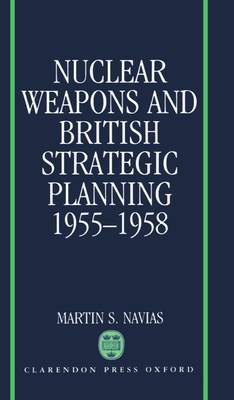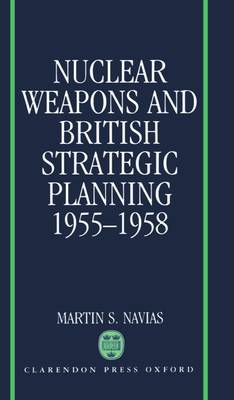
Je cadeautjes zeker op tijd in huis hebben voor de feestdagen? Kom langs in onze winkels en vind het perfecte geschenk!
- Afhalen na 1 uur in een winkel met voorraad
- Gratis thuislevering in België vanaf € 30
- Ruim aanbod met 7 miljoen producten
Je cadeautjes zeker op tijd in huis hebben voor de feestdagen? Kom langs in onze winkels en vind het perfecte geschenk!
- Afhalen na 1 uur in een winkel met voorraad
- Gratis thuislevering in België vanaf € 30
- Ruim aanbod met 7 miljoen producten
Zoeken
Nuclear Weapons and British Strategic Planning, 1955-1958
Martin S. (Research Associate in the Department of War Studies,
€ 360,95
+ 721 punten
Omschrijving
During the 1950s nuclear weapons began to play an increasingly important role in Britain's defence policy. This study analyzes the significance of the 1957 Defence White Paper in the context of British strategic planning.
Specificaties
Betrokkenen
- Auteur(s):
- Uitgeverij:
Inhoud
- Aantal bladzijden:
- 280
- Reeks:
Eigenschappen
- Productcode (EAN):
- 9780198277545
- Verschijningsdatum:
- 16/05/1991
- Uitvoering:
- Hardcover
- Afmetingen:
- 263 mm x 293 mm
- Gewicht:
- 460 g

Alleen bij Standaard Boekhandel
+ 721 punten op je klantenkaart van Standaard Boekhandel
Beoordelingen
We publiceren alleen reviews die voldoen aan de voorwaarden voor reviews. Bekijk onze voorwaarden voor reviews.









